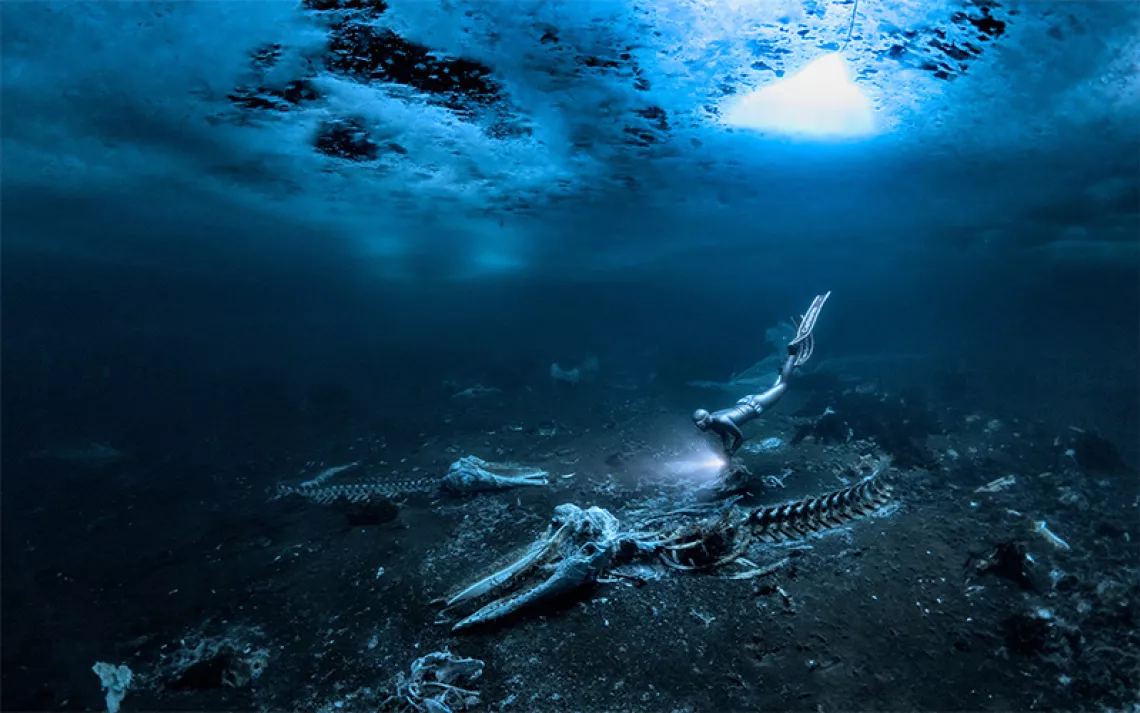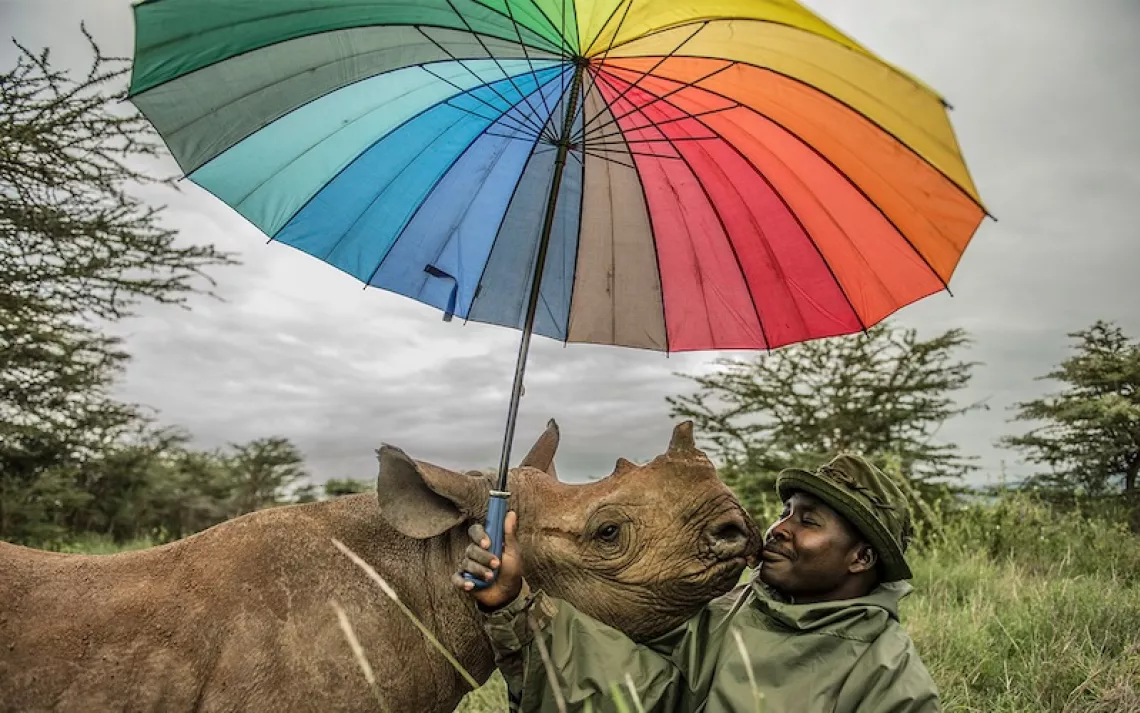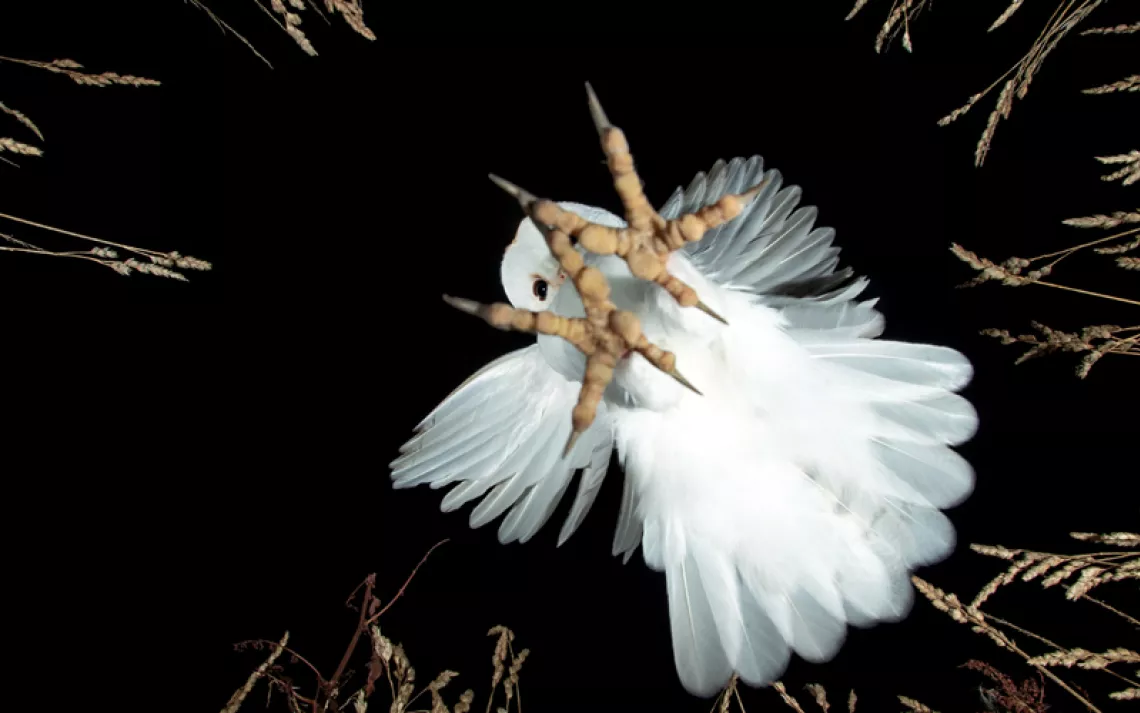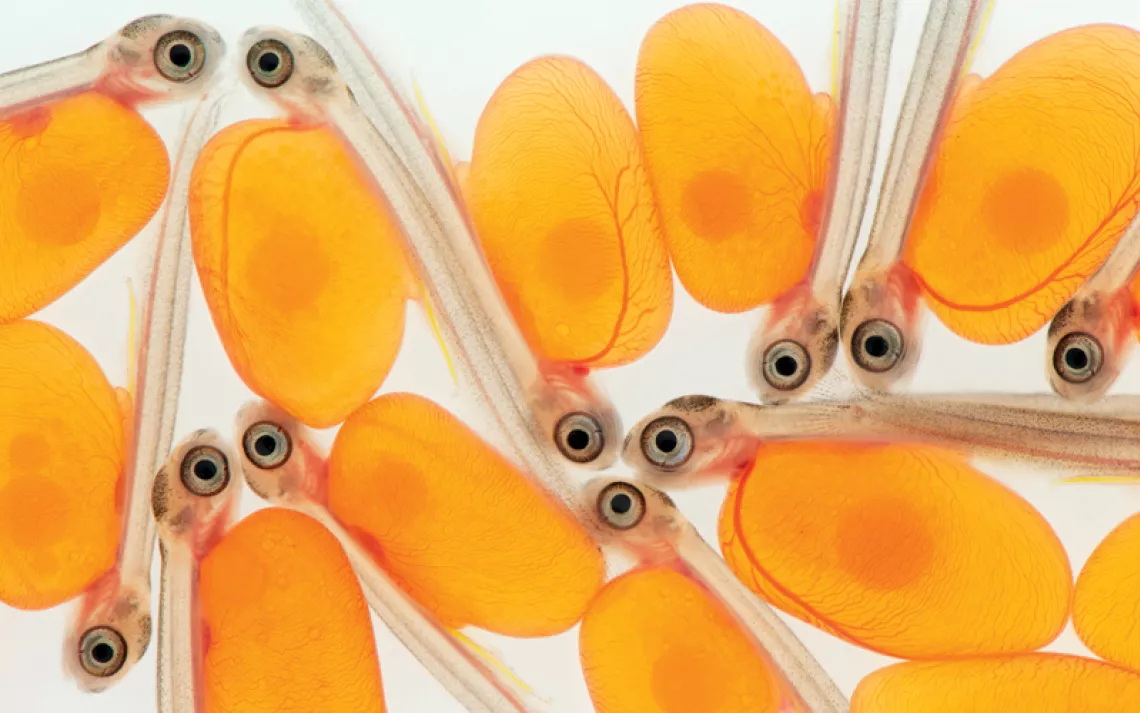David Benjamin Sherry’s Besieged National Monuments
The landscape photographer talks color, identity, and at-risk spaces
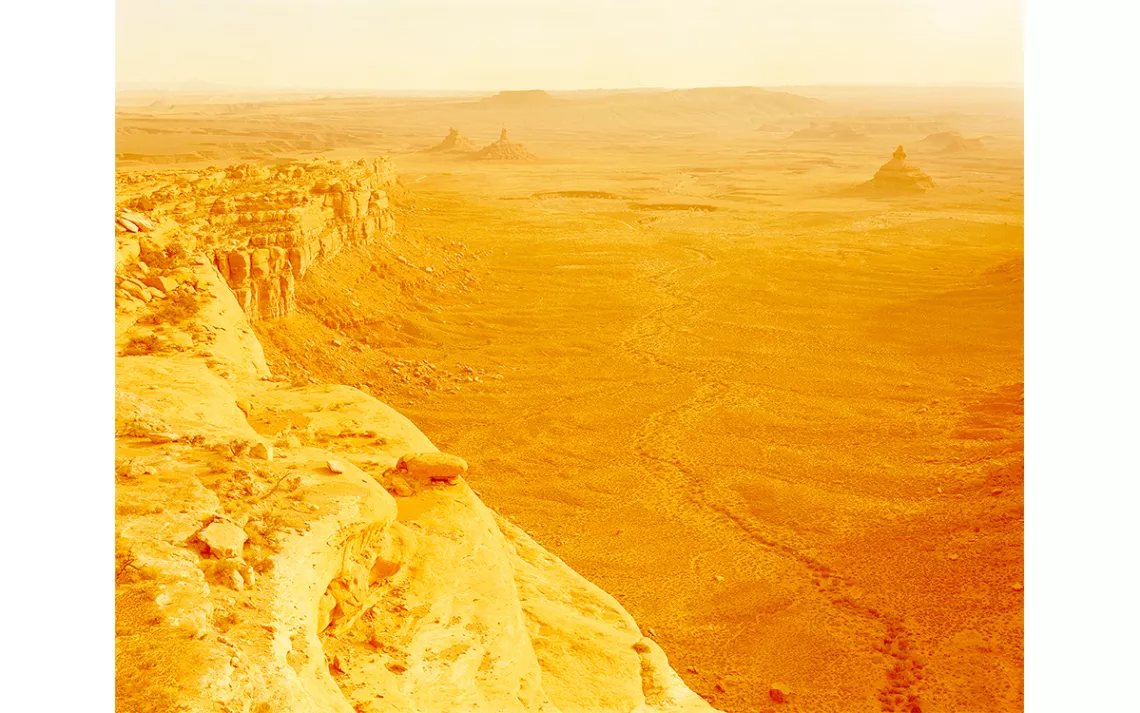
View from Muley Point I, Bears Ears National Monument, Utah, 2018 | Courtesy of David Benjamin Sherry, Morán Morán, and Salon 94 Gallery
On April 26, 2017, President Trump signed Executive Order 13792, giving then–secretary of the interior Ryan Zinke authority to assess the designations of all national monuments made since 1996.
It took only 45 days from that initial swipe of his pen for Trump and his cohorts to set in motion the first of many reviews that would undo decades of environmental progress made by several presidential administrations, public land advocate groups, and Indigenous communities that had worked tirelessly to secure these federal protections.
“As I began to understand what the Trump administration was planning to do, I did more research and realized the magnitude of these national monuments,” recalls David Benjamin Sherry, a landscape photographer whose focus is the sprawling vistas and wild beauty of the western United States.
“I knew what I had to do: I needed to revisit these places and see them and document them.”
Wasting little time, Sherry packed a bag of film and his cameras, then set off on a road trip from his home in Los Angeles with a mission: to showcase these pristine and fragile ecosystems before they were sold off to private leases in the interests of coal, oil, and uranium development—and, in turn, to motivate others to become part of the Resistance.
“I hope my work engages and excites people,” says Sherry of the photographs he took over a two-year period that are now featured in his new book, American Monuments (released this month from Radius Books), which also includes essays from Terry Tempest Williams and Bill McKibben.
Through the use of a large-format, 8 x 10 camera, and analog photographic processes, Sherry has created a series of highly detailed portraits of our nation’s most threatened public lands. The final images of these monuments, however, are unlike what we’ve come to expect from traditional nature photographs—Sherry saturates each print underneath vibrant and illuminating gradients of color that he hopes stir feeling inside of each viewer. The spectrum of color choices, he says, are grounded in his emotional and spiritual connection that he feels while standing on these lands, and can emobody the sense of otherness he experiences as a queer person.
“The pictures can feel like windows into this dying world, yet still filled with so much life and emotion,” he says. “I want people to understand that these so-called public lands and ‘national monuments are under threat and have been gutted. Every landscape you’re looking at is potentially disposable to the US government at this point, as a means to make a profit.”
For the project, Sherry zigzagged his way across the western US, like a storm chaser. He visited and photographed the places that were most at-risk first, spending weeks at a time on the road in rural communities, campgrounds, and national park systems. These traditionally heteronormative spaces, he says, heightened his sense of isolation, as they did not always feel welcoming to outsiders like himself.
As news trickled into various Bureau of Land Management field offices as to where new boundary lines would be drawn, Sherry discovered in real-time which lands were shrinking and which were not.
In the end, six national monuments became the target of the current administration’s final report, including Bears Ears in southeastern Utah, where Native American tribes have lived for thousands of years. These sacred and holy grounds were a source of continual inspiration for Sherry, and he returned multiple times throughout his journey.
“Bears Ears is deeply powerful,” he says. “I could feel the ancestors and actually see their handprints on the rock walls. I could see remnants of their homes and pieces of their pottery.”
Western landscape hasn’t always been in Sherry’s blood. As a young boy growing up gay in Woodstock, New York, he studied art at his public high school, though he remained closeted and confused about his sexual identity until years later. His exposure to nature was limited to annual trips to East Coast beaches and playing in the woods behind his house in the Hudson Valley. Throughout his childhood and adolescence, he never set foot in a national park.
But as Sherry was finishing his MFA at Yale, one of his closest friends passed away suddenly. Following his mother’s advice to head out west and take new pictures, Sherry flew to Las Vegas and drove to California, then up into Oregon and Washington. Alone, he hiked through the temperate rainforests in the Pacific Northwest and felt a sense of renewal “being surrounding by ancient rocks and landscapes that will outlive all of us,” he remembers.
Not only did these meditative hikes help ease the pain of such deep loss, but they also shaped his awareness of the natural world and its cycles, and helped him focus his photographic practice on a single genre, rather than many. “When I think back to this time in my life, it was a big turning point, as there was a huge shift in my understanding of life and death,” he says. “Simultaneously, there was a big shift in my artwork, and this is when I became invested in the power of the outdoors and landscape photography.”
Sierra spoke with Sherry about his “old-school” process of making photographs, his intimate connection to Bears Ears, and his hopes for the future of our public lands.
***
Sierra: Let’s begin with the colors. After shooting a photograph in the field, how do you choose which color, or colors, to layer across the landscape? Is that a process of elimination, or is it just a feeling?
David Benjamin Sherry: Ansel Adams would talk about pre-visualization while making photographs. Pre-visualization is the idea that when you’re making your exposure and taking the picture, you must imagine what the final print will look like. By using this method, you can expose the film better for your imagined photograph; you can see the end result in your mind. Therefore, you plan for the print the moment before the exposure.
There is something mystical in that process of imagining, and I always loved doing it. There’s also a quality to analog photography that many describe as magic. The process is rooted in chemistry and is based off the simple and beautiful idea of light.
I love how photography is connected to the mind and how we physically see the world. You can close your eyes and imagine what this print or photograph will look like, and in my young queer mind, feeling very confused and isolated, I heavily relied on my imagination. So I felt empowered by this process of imaginative and magical thinking and also enjoyed physically hiding behind the camera. Photography was—and still is—a medium that helped me see myself and helped me discover who I am.
If I photograph a landscape, I take notes of what I’m experiencing—from the weather to the time of day, if I met somebody—and most importantly the colors that are present in the landscape at that time. I see the color that the landscape feels to me at the moment of the exposure and this is how I print my photograph. The color comes from the landscape itself, and I like to think I’m just making it more visible.
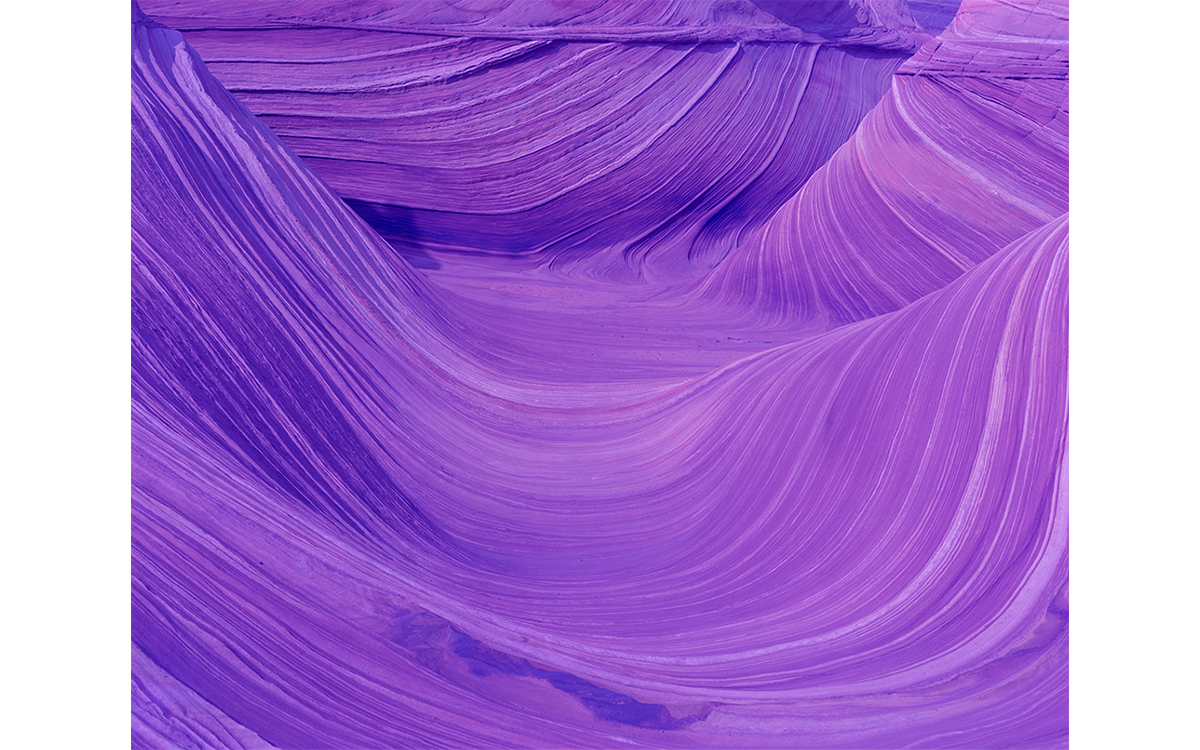
The Wave on the Coyote Buttes, Paria Canyon, Grand Staircase–Escalante National Monument, Arizona, 2017
Can you talk about your experience of traveling to Bears Ears and taking the photograph from Muley Point 1 [featured in the opener]?
I’ve been traveling throughout Bears Ears and the Grand Staircase–Escalante area for over a decade now and made many photographs throughout the southern Utah area. One thing I love about revisiting places is that you start to understand the landscape in a deeper way. You begin to recognize trees and certain rocks, and I enjoy returning to places in different seasons to see how the light changes.
My friend had brought me to this area, and there’s a campground that’s a challenge to reach there. You drive up a set of thrilling switchbacks that are dizzying. You’re also on a dirt road that’s not really well-maintained. But once you get there, it’s just one of the most breathtaking, beautiful places in the country.
The area depicted in that picture was actually cut. I don’t really want to say that what you see in that picture could be something else the next time you go visit there, but it actually may be true. There are active leases on all these sites in Bears Ears that have been gutted. The highest bidder can get that land and lease it off to oil, coal, and other natural resource developers. It’s heartbreaking.
How do you feel about the future of public lands? Are you hopeful?
Well it’s really tough to say. Some days I feel better than others. When your eyes are open to what’s happening on the forefront of this environmental catastrophe, you can have days that are good and days that are bad. When you’re out there taking pictures like I am, traveling in these places that are protected, there’s a deep sense of optimism knowing that these places are ancient. They’ve been here for much longer than any of us, and they’ll continue to be here.
But then I begin to think differently and say to myself, “Wait no. This is it! We’re at the end. The numbers and the speed at which our planet is changing is real. The science is real.”
I went out to a Friday for Future march, and it was very moving and emotional to see all these children chanting about clean air and water, demanding action toward the climate crisis. This is how change begins. There’s an entire generation ready to fight, and that feels optimistic to me.
I take these landscape pictures that are emblematic of what it feels like to be in this country now. There’s an undercurrent to these pictures, and also the colors, and what they can evoke in a viewer; that’s part of the reason I like using colors with this project. They can kind of exude a certain optimism. They can also exude an apocalyptic darkness. Colors can affect people on many different levels.
I printed my pictures at a very large scale and use a historical 8 x 10 camera to capture an unrivaled level of detail. I believe my pictures may help others navigate this age of climate crisis by providing an empathetic and sublime view of the natural world—and remind us that these wild places are essential to human existence.
 The Magazine of The Sierra Club
The Magazine of The Sierra Club
